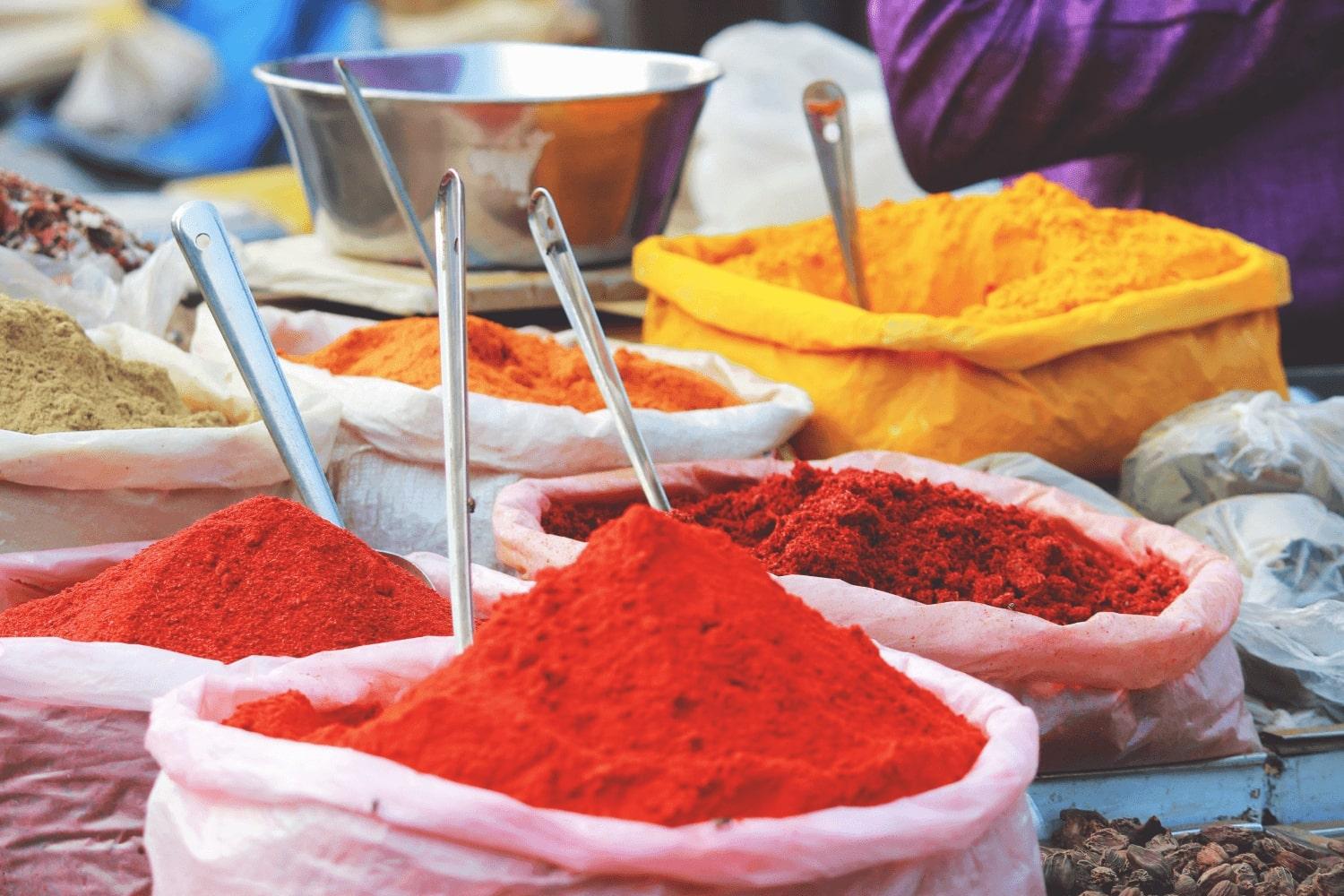
Fibonacci
By Jessica
Fibonacci
- Fibonacci's real name was Leonardo Bogollo, but his nickname was "Fibonacci"
- He was born and died in Italy, and lived from 1170-1250
- He helped spread "Hindu-Arabic Numerals" like our current 1, 2, 3, 4, 5, 6, 7, 8, 9, ... , in place of Roman Numerals (I, II, III, IV, V, ...)
The Sequence
0, 1, 1, 2, 3, 5, 8, 13, 21, 34, 55, 89, 144, 233, 377, 610, 987, 1597, 2584, 4181, 6765, 10946, 17711, 28657, 46368, 75025, 121393, 196418, 317811, .......
The next number is the sum of the two numbers before it.
The Spiral
Step One
Make boxes getting bigger and bigger on one side of the last numbers so that the length of the bigger one is the length of both ones before it added together
Step Two
Label the boxes with the correct Fibonacci numbers
Step Three
Draw curved lines through the numbers in the correct Fibonacci order from smallest to greatest and there you have a spiral!
The Rule
Gods Fingerprint→ The Fibonacci Sequence - Golden Ratio and The Fractal Nature of Reality
How you get the boxes and spirals, and where you find the spiral in real life
Golden Ratio
When you take any two numbers one after another in the Fibonacci Sequence and find the ratio (divide the bigger number by the smaller number), the ratio will be very close to the golden ratio: 1.618....
Some examples of the Fibonacci spiral / sequence in real life
- Leaf arrangements in plants
- Bracts of a pinecone
- Scales of a pineapple
- Sunflower seeds in a sunflower
Many things have Fibonacci numbers in them, such as
- Sunflowers can contain the number 89, or even 144
- Many plants show the numbers
- Some coniferous trees show the numbers in their bumps on their trunk
- Palm trees show the numbers in the rings in their trunks
The Fibonacci numbers are appropriate to the growth of every living thing, even a single cell, a grain of wheat, a beehive, and all of mankind.
Fibonacci Day
November 23, because its 11/23 which is part of the sequence
Help spread the word and celebrate Fibonacci Day on this upcoming November 23!








